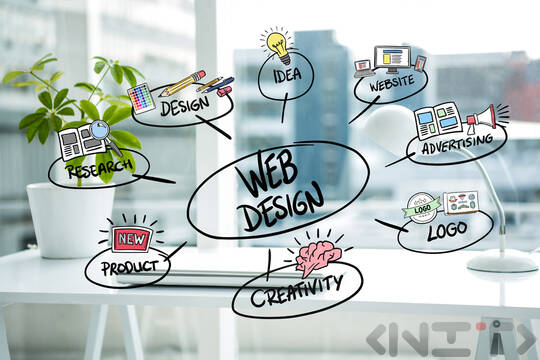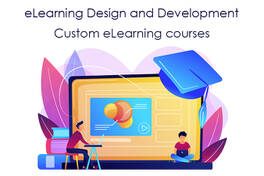
With the development of manufacturing technologies and methodologies, they have become much more complex, richer in content and interactivity. Different approaches to implementation have emerged, and today we will look at those that have managed to establish themselves as trends in the last few years.
User experience (UX) design
No matter how new and advanced the technology is, the success of a website continues to be measured by whether and to what extent users can interact with it - whether they find what they expect; do they manage to do it quickly; how pleasant their stay was, etc. Based on these solutions, they may become regular visitors to the website or never return to it.
The idea behind the concept of "user experience design" lies in this process of increasing user satisfaction with their interaction with the website. In order to achieve the desired end result, a study of the customer, the product and the competition is performed, a prototype of the structure and content of the website is prepared, the technical development of the website is planned. In other words, the user experience of the design covers the non-technical part of the design and the site as a whole.
User interface (UI) design
Like UX design, the main goal of UI design is to make user interaction with the site as easy and efficient as possible, but from a technical point of view - ie. to make a design that will visually guide the user , to facilitate his orientation on the website, through various interactive elements and for all platforms and devices. To realize his ideas, the UI designer must work closely with the programmers who will run the software part of the website.
Interaction design
Interaction design is also user-oriented design, which, however, focuses on creating interactive and engaging user interfaces . Taking into account the logic and behavior of users, it shapes the usability and effectiveness of the website.
During their work, designers need to be aware of the key aspects of their design that have an emotional impact on users. The website should arouse positive emotions in users. An exemplary way to achieve them is through the use of the so-called. "Expressive interfaces" - adding dynamic icons, animations or sound to support communication, create a sense of interactivity and a desire for feedback.
Responsive design
The popularity and accessibility of mobile devices has necessitated the emergence of a design that allows optimal and convenient visualization for screens of different sizes and resolutions . In 2010 the so-called responsive design that performs just that task. Prior to this year, the leading practice was to make separate mobile versions of websites, which required the development of separate designs.
In responsive design this is not necessary. It works on only one idea, which greatly facilitates the orientation of users, but most of all makes browsing the content much more convenient and easy.
Flat design
The flat design got its name from the two-dimensional shapes it uses . This style of web design is characterized by a minimalist look, focus on functionality, bright colors, simple navigation, clean icons and retro typography. In flat design, animations are rarely used and a lot of space is left for text placement.
Due to their features, flat design websites boast faster loading speeds and excellent visualization of different types of devices - desktop and mobile.
Flat design is extremely popular with multi-page websites and especially with mobile applications.
Material design
The beginning of material design was laid in 2014. from Google, as a counterweight to the flat design. He also relies on clean and minimalist forms, but does not rule out the three-dimensionality of objects , uses lights, shadows and animations to give a more realistic look to objects. The user gets a better understanding of the interface as the material design provides its context.
Material design makes websites more interactive, real and easier to navigate, especially when using touch screen devices.
Minimalism
Here is the place to clarify that minimalism in web design can be achieved not only with the use of flat or material design. Another thing to keep in mind is that fewer elements do not make the design easier. On the contrary, despite its clean appearance, it must provide the same full-fledged user experience.
For this purpose, 6 basic principles are followed :
• use of large spaces;
• use of large, bright and vivid photographs;
• use of impressive printing;
• achieving beautiful contrast;
• maximum simplified navigation;
• harmonious vision.






